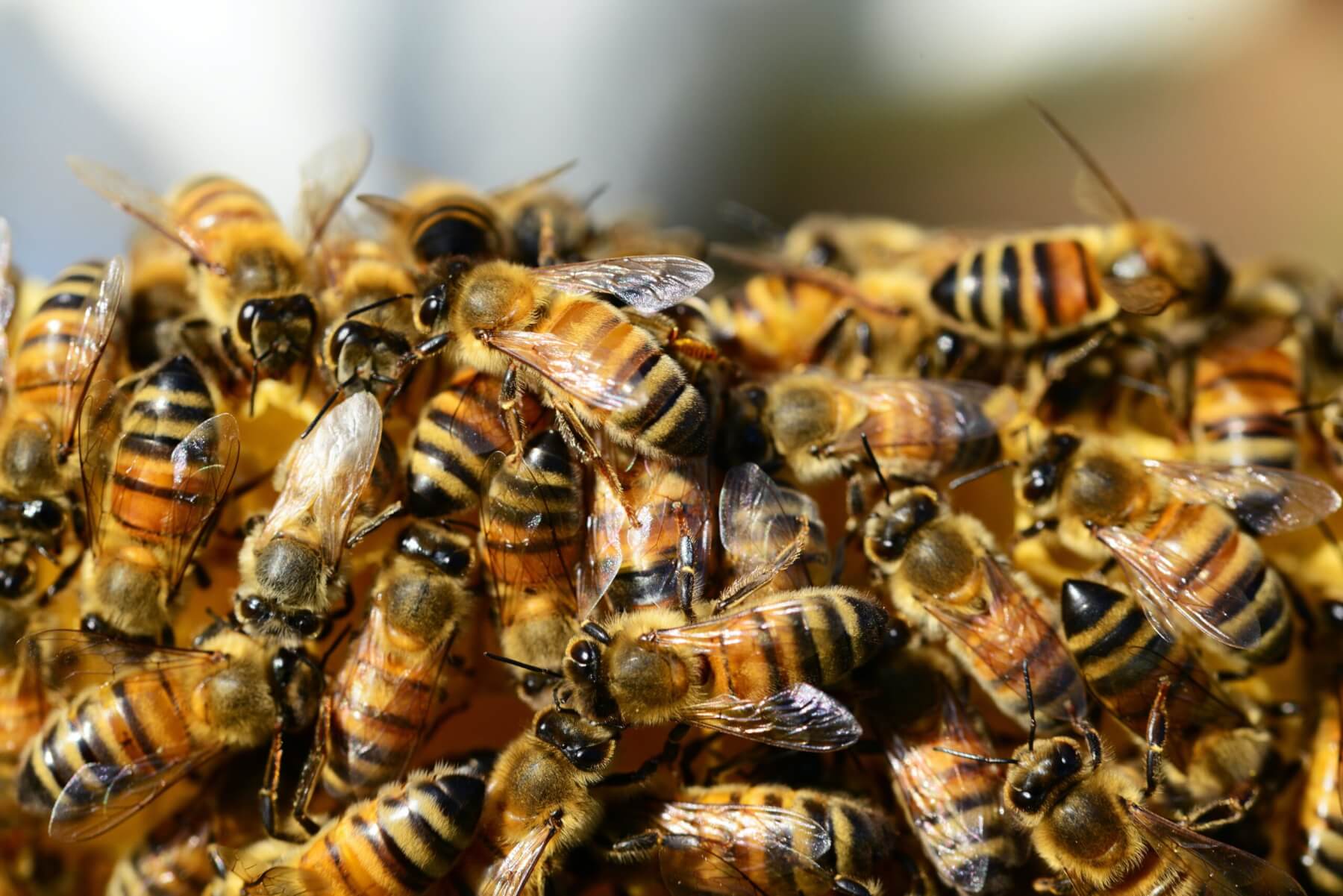In December 2023 the Environmental Protection Authority (EPA) released its aerial 1080 poison annual report.
The report states that of the 55 aerial operations undertaken in 2022, 24 incidents were self-reported by contractors and 25 per cent of the operations had compliance breaches or complaints. Historically, large numbers of non-targeted farm animals have been poisoned, and in many cases, farmers have been compensated with confidential payments in return for their silence. It’s not surprising, given the poison industry is self-regulated.

Clyde Graf
The 2023 EPA report includes the poisoning of 556 black-backed gulls in an Okarito kiwi sanctuary pest control operation. In another incident, seven radio-tagged, kea were poisoned in Arthur’s Pass National Park.
The Department of Conservation often radio-tags a small number of kea to determine the percentage of the wild population that will likely be killed in poisoning operations. DOC data shows that typically 30 to 50 per cent of radio-tagged birds die in each experiment. Recent examples are the Matukituki Valley, and the Wet Jacket Peninsula aerial operations.
The Department of Conservation is the biggest advocate, and the second biggest user of 1080 poison in New Zealand. Despite its well-intentioned poison-diversion initiatives to discourage birds from eating toxic baits, their tactics have failed, and the mass-poisoning of endangered wildlife continues.
The EPA also makes a long overdue declaration about dead bees being found at several hives after the Arthur’s Pass operation, stating the cause to be “possible 1080 contamination.”

Bees. Photo: Pixabay
In most cases, incidents with bees and hives are not included in the contractor’s self-assessed reports. There’s little doubt that contaminated honey is being sold on the open market. However, it would require an extensive testing regime to determine the full extent, and it appears there’s little appetite by the poison industry for the identification of toxic produce.
Information supplied by the Department of Conservation via the Official Information Act states that between 1998 and 2018, of the 740 kiwi reported dead in Northland, 53 were tested for anti-coagulant poisons – 20 of the 53 tested birds returned a positive result (37.7 per cent). Oddly, not a single bird of the 740 reported dead was determined to have died of poisoning.
Given the thousands of kiwi reported dead across the country, just three were tested for 1080 poison residues within the 20-year term the OIA spanned. But it gets worse. DOC states that no native bird has ever been tested for the deadly metabolite of 1080 poison – fluorocitrate – the toxic metabolite that is responsible for most secondary poisoning cases.
Perhaps the detection of 1080 poison or its residues in our national bird would be a stone best left unturned.
Sadly, the EPA report reinforces the contradiction of conservation in New Zealand. The poisoning continues. There needs to be an independent investigation into what motivates the poison industry, starting with Orillion – the state-owned-enterprise which imports 1080 poison and manufactures the bait.
See: EPA Press Release
See: EPA Annual Report









